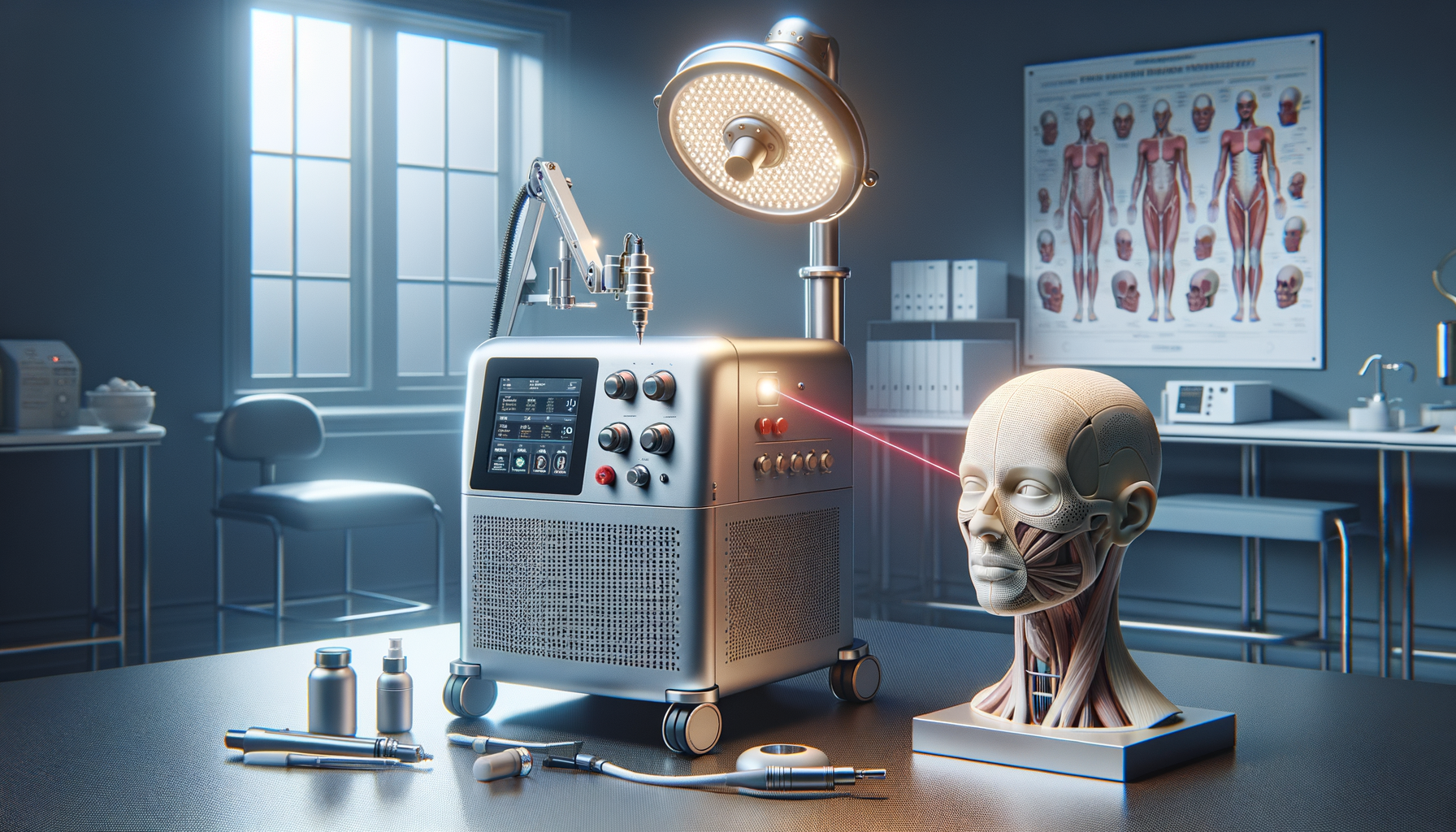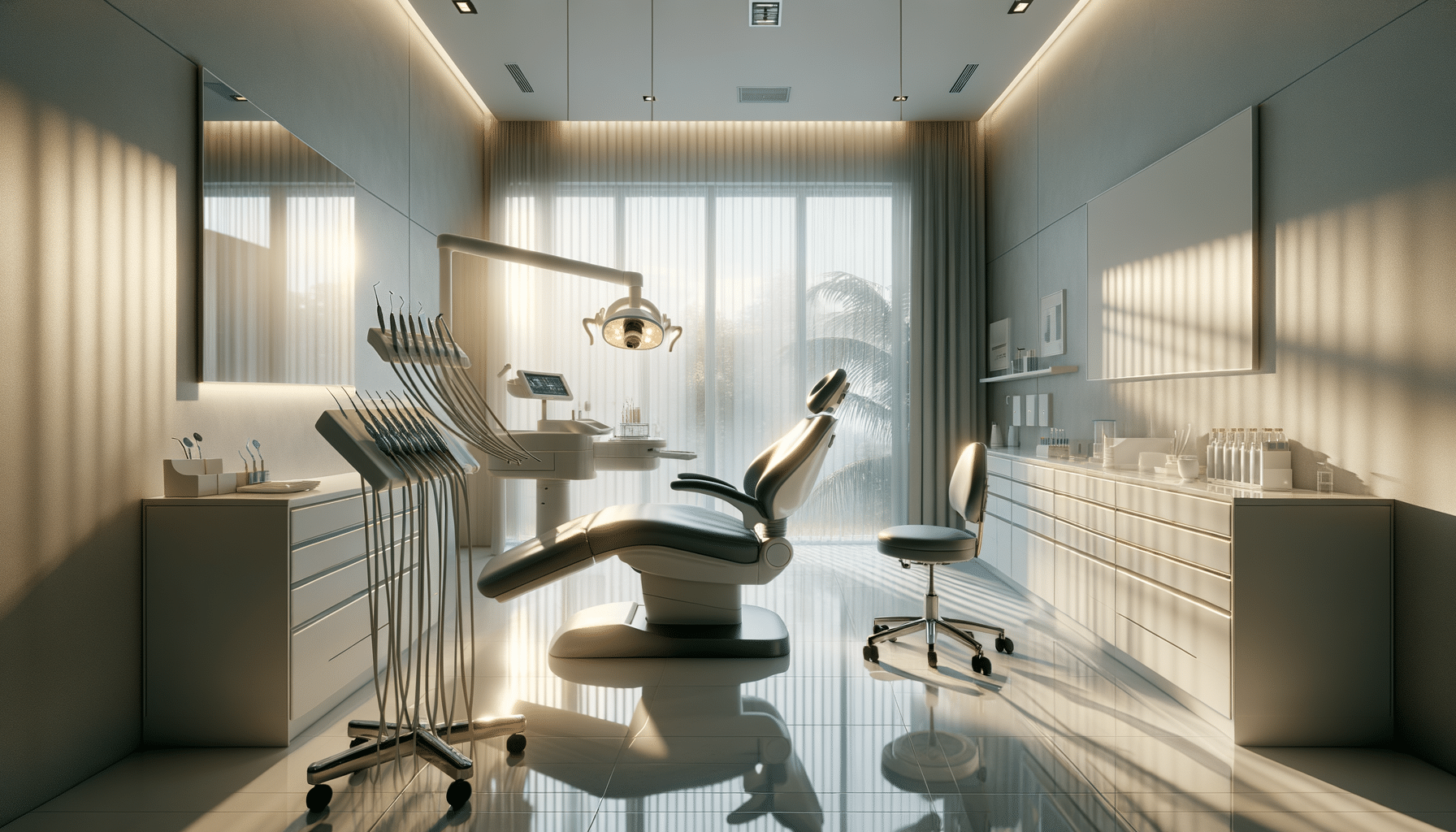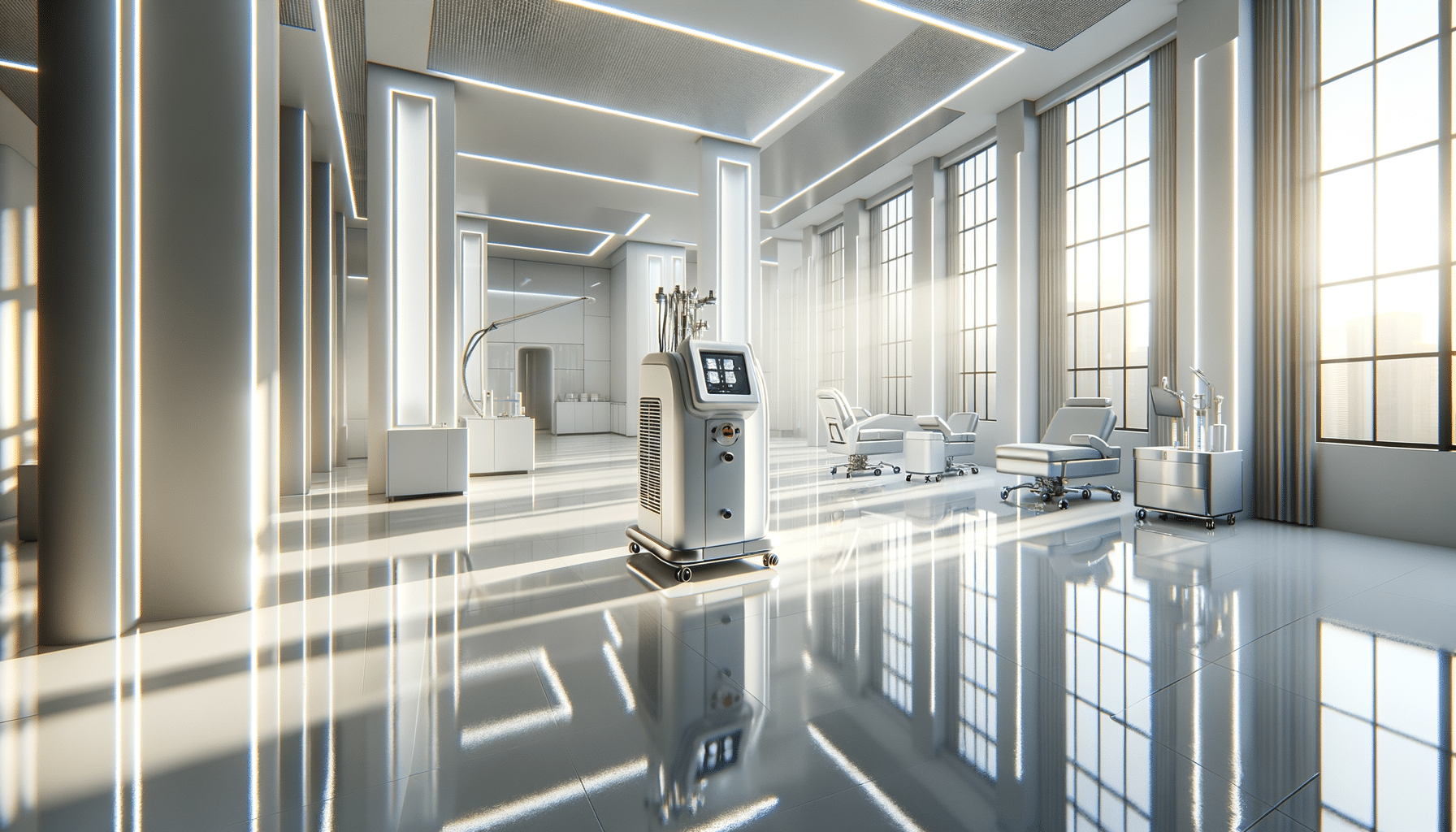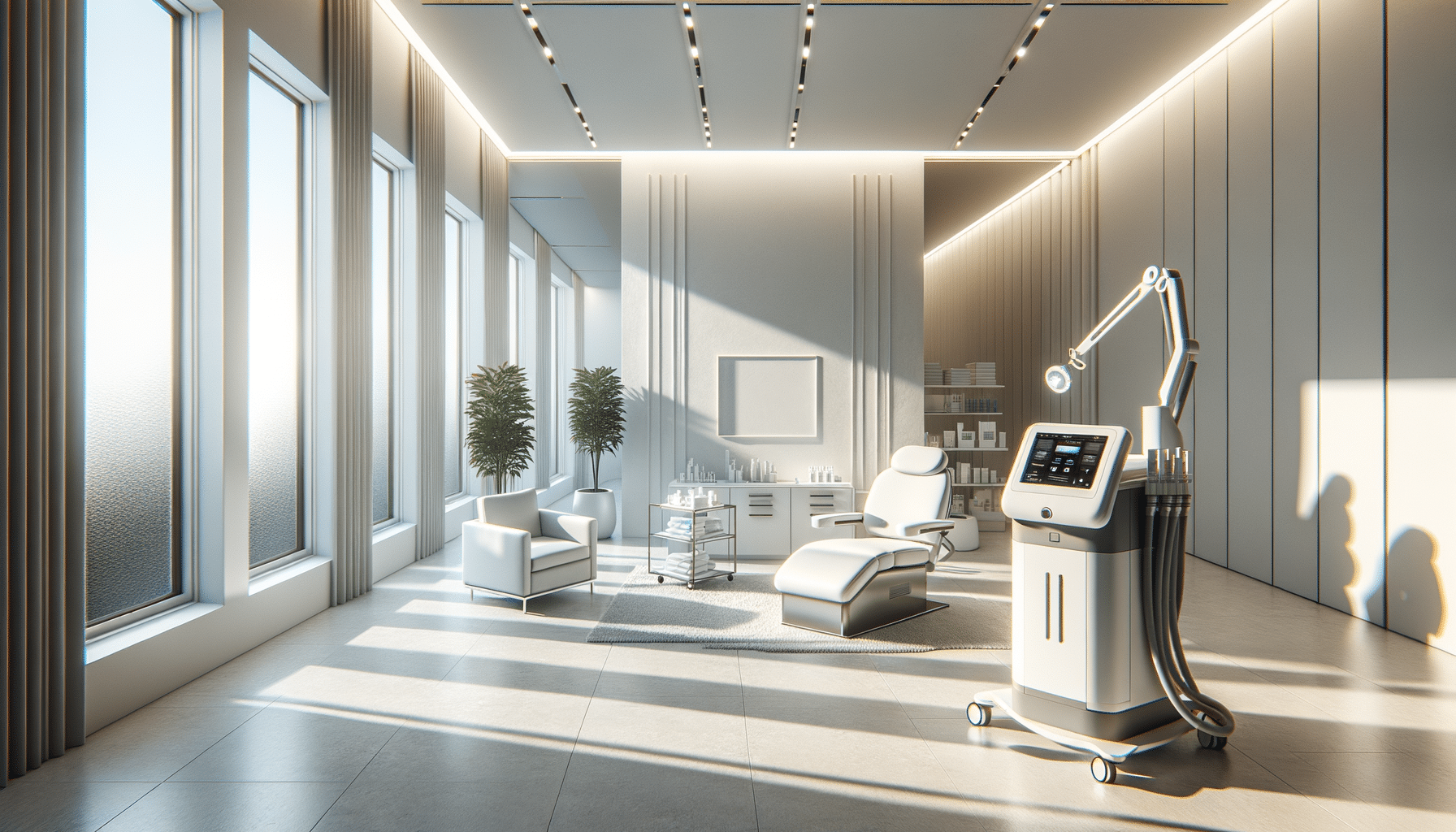
Non Invasive Laser Facelift Treatments Explained
Understanding Laser Treatments for Facial Rejuvenation
In recent years, laser treatments have gained popularity as a non-invasive method for facial rejuvenation. These treatments are designed to address various skin concerns, including fine lines, wrinkles, and uneven skin tone, without the need for surgical intervention. By using concentrated beams of light, lasers can penetrate the skin to stimulate collagen production and encourage cell renewal. This process not only helps in reducing the visible signs of aging but also improves overall skin texture and tone.
Laser treatments for the face can be categorized into ablative and non-ablative types. Ablative lasers work by removing the outer layers of skin, which can lead to more dramatic results but typically involve a longer recovery time. Non-ablative lasers, on the other hand, target the deeper layers of the skin without damaging the surface, resulting in minimal downtime. These treatments are suitable for individuals seeking a gradual improvement in skin appearance with less disruption to their daily activities.
Some common types of laser treatments include:
- Fractional lasers: These create microscopic wounds in the skin to promote healing and collagen production.
- Pulsed dye lasers: Effective for treating redness and broken capillaries.
- Nd:YAG lasers: Used for deeper skin penetration and treating vascular lesions.
Each type of laser treatment offers unique benefits, and the choice depends on individual skin concerns and desired outcomes. Consulting with a qualified dermatologist or skincare professional is crucial to determine the most appropriate treatment plan.
Benefits of Laser Treatments for the Face
Laser treatments for the face offer a multitude of benefits that make them an appealing choice for those looking to enhance their skin’s appearance. One of the primary advantages is their ability to target specific skin issues with precision, ensuring that only the affected areas are treated while leaving the surrounding skin unharmed. This targeted approach minimizes the risk of side effects and shortens recovery time.
Another significant benefit is the stimulation of collagen production. Collagen is a vital protein that provides structure and elasticity to the skin. As we age, collagen levels naturally decline, leading to sagging and the formation of wrinkles. Laser treatments can help reverse this process by encouraging the skin to produce more collagen, resulting in firmer, more youthful-looking skin.
Laser treatments are also effective for improving skin tone and texture. They can reduce the appearance of age spots, sun damage, and acne scars, leading to a more even complexion. Additionally, these treatments can shrink enlarged pores, giving the skin a smoother appearance.
Furthermore, laser treatments are relatively quick and convenient, often requiring only a few sessions to achieve noticeable results. The non-invasive nature of these treatments means that patients can return to their normal activities shortly after each session, making them an ideal option for those with busy lifestyles.
Considerations Before Undergoing Laser Treatments
While laser treatments can offer significant benefits, there are several factors to consider before undergoing the procedure. One crucial aspect is skin type. Certain laser treatments may not be suitable for individuals with darker skin tones due to the risk of pigmentation changes. It’s essential to consult with a skincare professional who can recommend the best treatment options based on your skin type and concerns.
Another consideration is the potential for side effects. Although laser treatments are generally safe, some individuals may experience temporary redness, swelling, or discomfort following the procedure. These side effects usually subside within a few days, but it’s important to follow post-treatment care instructions to minimize any adverse effects.
Cost is another factor to keep in mind. Laser treatments can be expensive, and multiple sessions may be required to achieve the desired results. It’s important to weigh the cost against the potential benefits and consider whether the investment aligns with your skincare goals.
Finally, it’s crucial to have realistic expectations. While laser treatments can significantly improve the appearance of the skin, they may not completely eliminate all imperfections. Discussing your goals and expectations with a qualified professional can help ensure that you have a clear understanding of what the treatment can achieve.
Comparing Laser Treatments to Other Skincare Options
When considering laser treatments for facial rejuvenation, it’s helpful to compare them to other available skincare options. One common alternative is chemical peels, which involve applying a chemical solution to the skin to remove the outer layers. While chemical peels can improve skin texture and tone, they may not be as effective as lasers in stimulating collagen production and addressing deeper skin concerns.
Microneedling is another option that involves creating tiny punctures in the skin to stimulate healing and collagen production. While microneedling can be effective for certain skin issues, it may require more sessions than laser treatments to achieve similar results.
Topical skincare products, such as retinoids and vitamin C serums, can also help improve skin appearance. However, these products typically work more slowly and may not provide the same level of improvement as laser treatments. They can be a valuable addition to a skincare routine but may not replace the benefits of laser procedures.
Ultimately, the choice between laser treatments and other skincare options depends on individual skin concerns, desired outcomes, and personal preferences. Consulting with a skincare professional can help determine the most suitable approach for achieving your skincare goals.
Preparing for and Recovering from Laser Treatments
Proper preparation and aftercare are essential for maximizing the benefits of laser treatments and ensuring a smooth recovery. Before undergoing a laser procedure, it’s important to follow any pre-treatment instructions provided by your skincare professional. This may include avoiding sun exposure, discontinuing certain skincare products, and refraining from using tanning beds.
On the day of the treatment, it’s advisable to arrive with a clean face, free of makeup and skincare products. Depending on the type of laser used, a topical anesthetic may be applied to minimize discomfort during the procedure.
After the treatment, it’s crucial to follow post-care instructions to promote healing and reduce the risk of complications. This may include applying soothing creams, avoiding sun exposure, and refraining from using harsh skincare products. It’s also important to keep the treated area clean and moisturized to support the skin’s natural healing process.
While most individuals can resume their normal activities shortly after treatment, it’s important to listen to your body and allow time for recovery if needed. Any redness or swelling should subside within a few days, and the skin will gradually improve over the following weeks as collagen production increases and the skin renews itself.
By taking the necessary steps to prepare for and recover from laser treatments, you can enhance the overall effectiveness of the procedure and enjoy the benefits of rejuvenated, youthful-looking skin.


